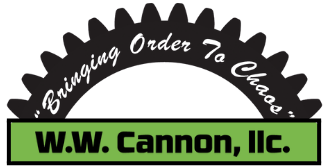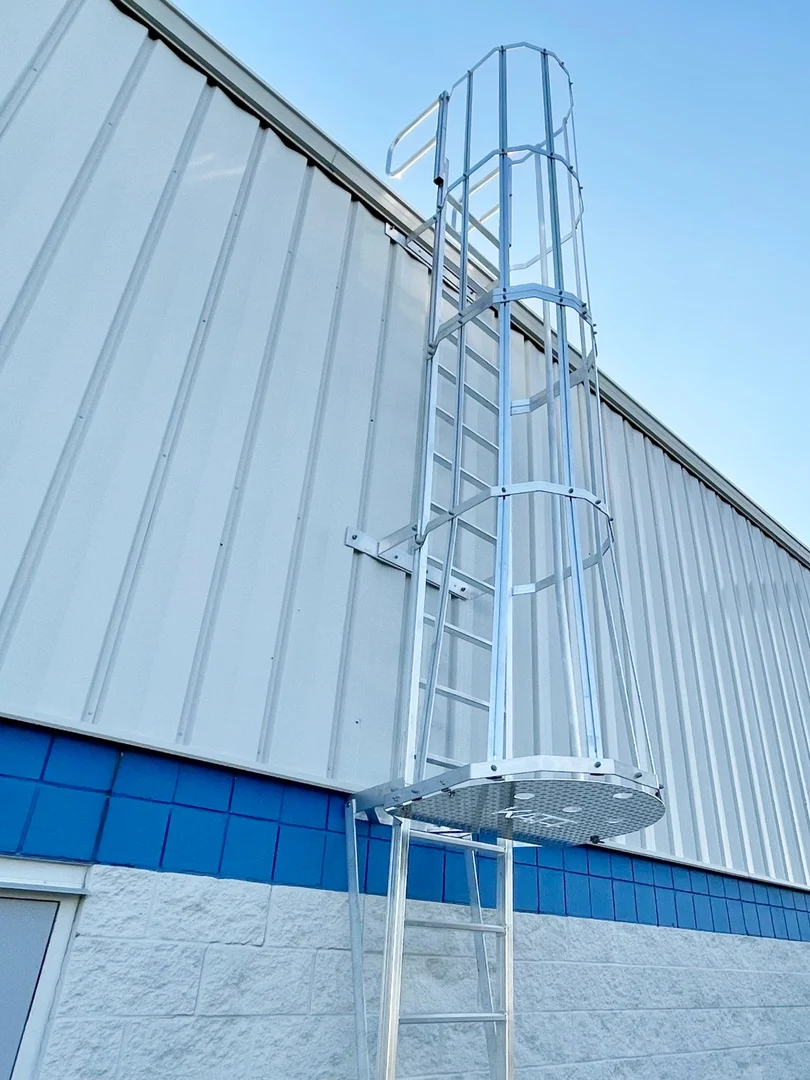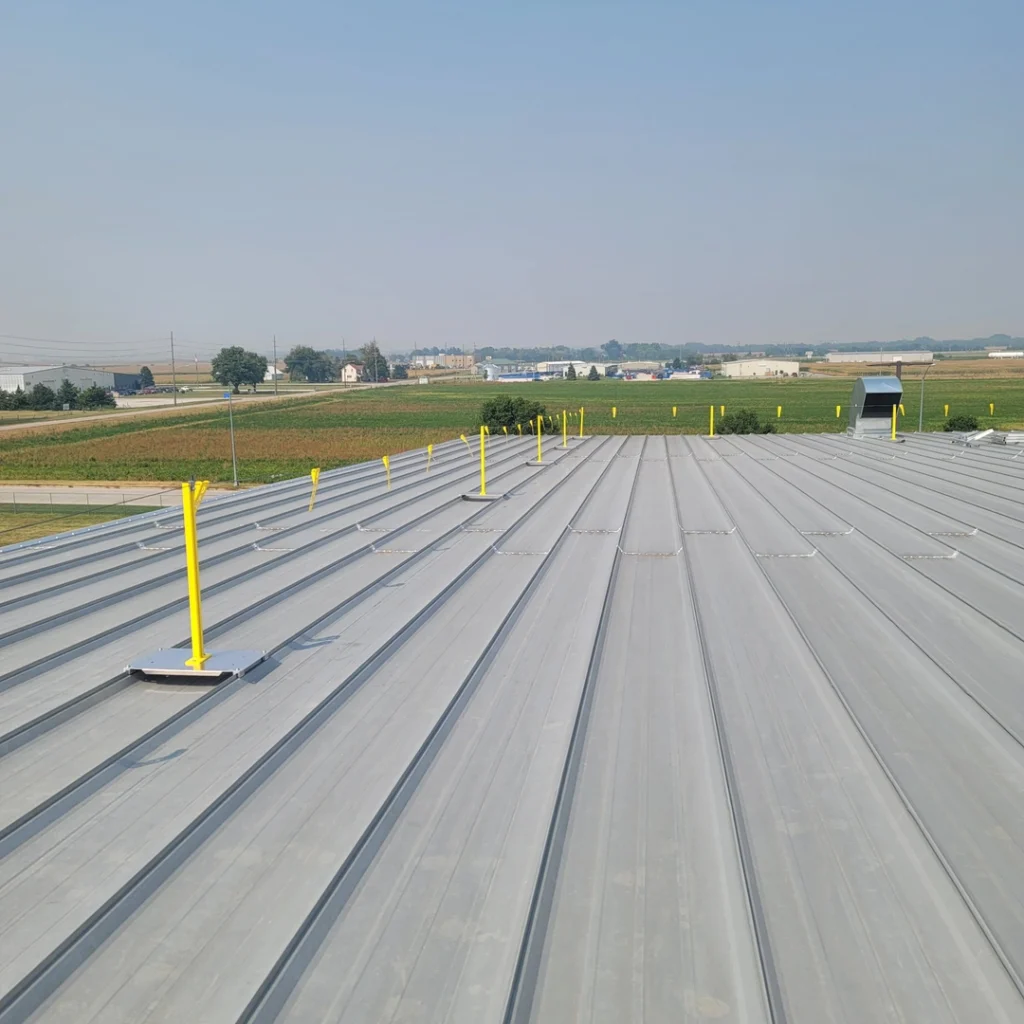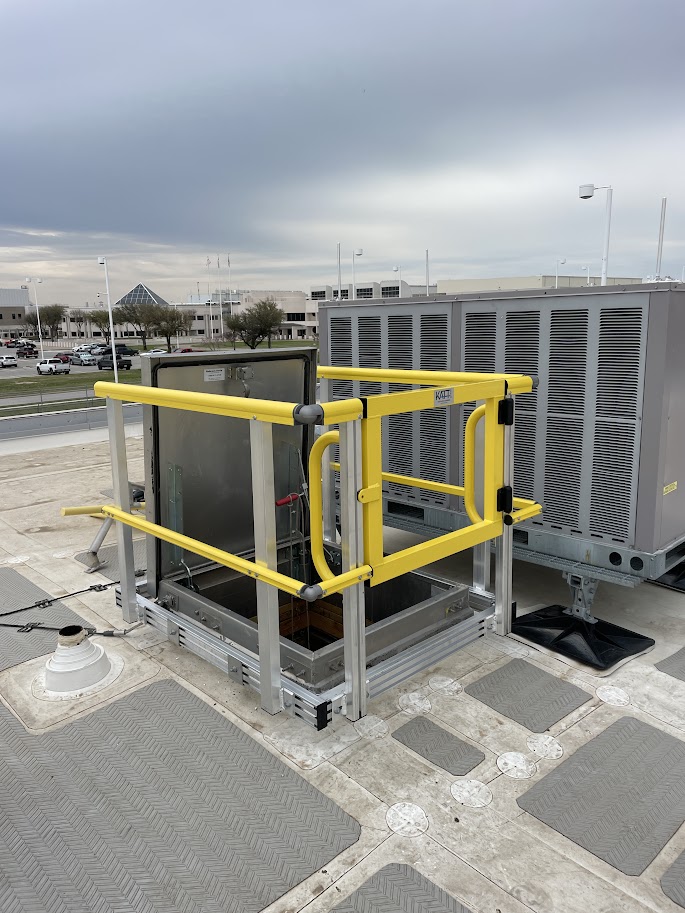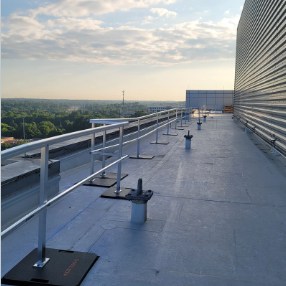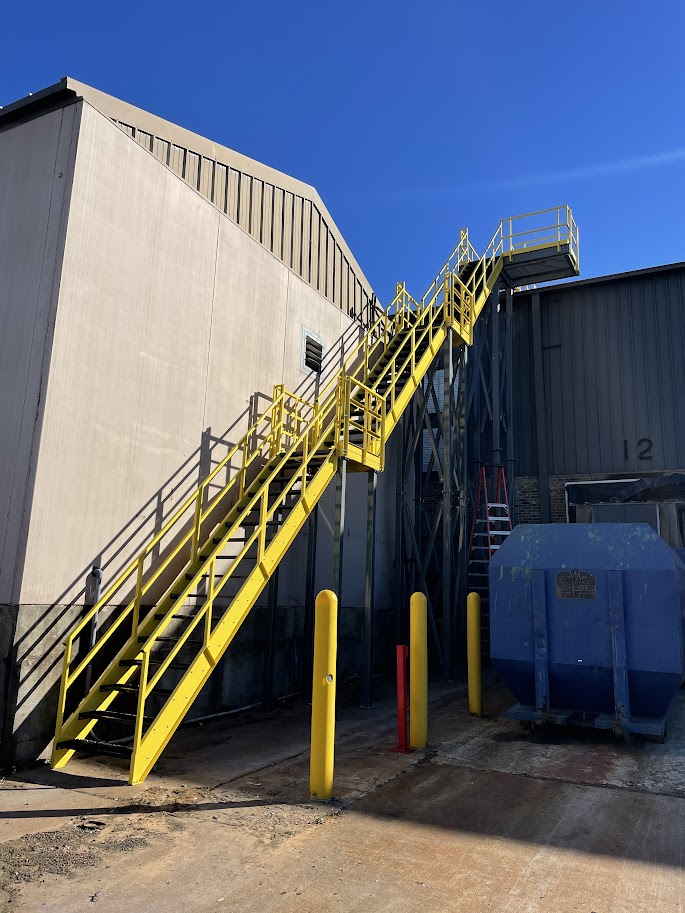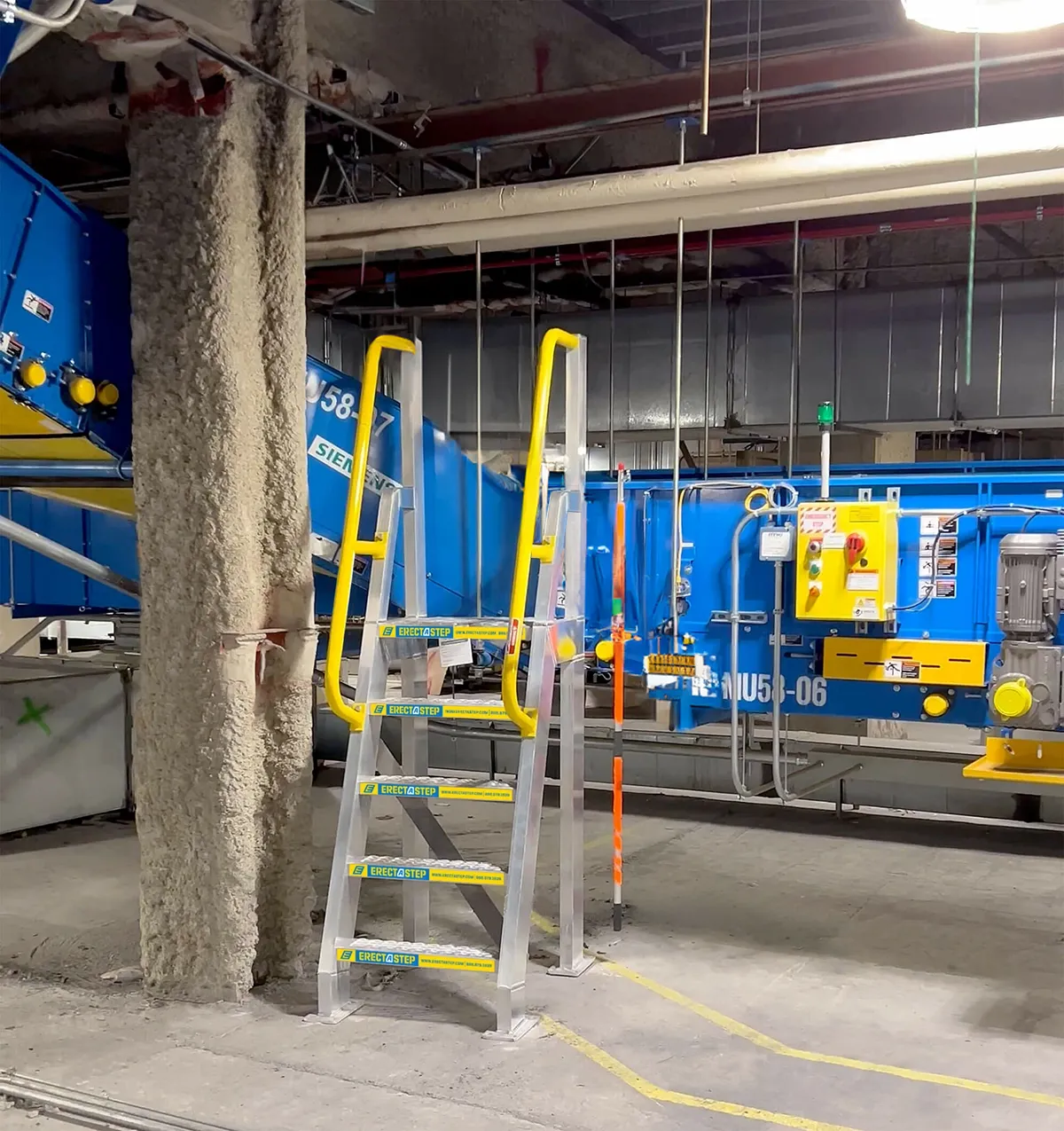Height Access
Elevate Safety With Our Height Access Systems
Securing Your Facility with Height Access Solutions
Ensure safe, compliant access to elevated areas with OSHA-certified height access solutions for rooftops, walkways, and work platforms.
At W.W. Cannon, we provide a full range of height access systems to protect your workforce and simplify movement across elevated work areas. Our solutions include rooftop guardrails, warning line systems, roof access hatches, skylight protection, ladders, walkways, catwalks, stairs, and crossover systems & more—all engineered to reduce risk, safeguard compliance, and maintain the integrity of your facility.
Call us 800-442-3061
Types of Height Access Solutions We Offer
Identify Rooftop Hazards with Kattsafe’s Roof Safety Audit™
Discover how Kattsafe’s High Five Roof Safety Audit™ identifies rooftop hazards, ensures OSHA compliance, and recommends tailored safety solutions.
You Could Be Liable…
When it comes to rooftop safety, overlooking rooftop and height access hazards puts more than your employees at risk — it puts your business on the line. Under OSHA 1910.28, building owners, contractors, and facility managers all share the duty to protect workers from height-related accidents. In the event of a workplace injury or fatality, multiple parties may be held responsible.
Securing Your Facility with Height Access Solutions
Ladder Systems
Rooftop Walkways
Rooftop Warning Line Systems
Roof Access Hatches & Skylight Covers
Rooftop Guardrails
Stairs, Platforms, Crossovers & Catwalks
Ship Ladders
Companies Who Choose Us
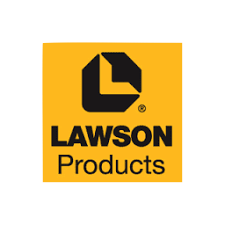



















OSHA Compliant Roof Top Safety Guide
At W.W. Cannon, we specialize in the design and installation of rooftop access and height access solutions. Our experts help you eliminate rooftop hazards, ensure OSHA compliance, and protect both your crew and your company.
Call us today for a complimentary site visit 800-442-3061
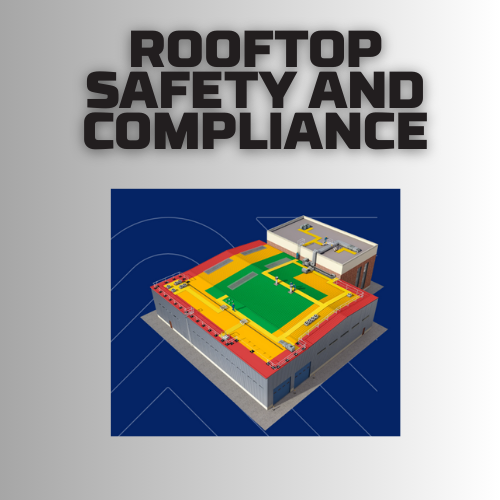
Authorized Dealer & Installer





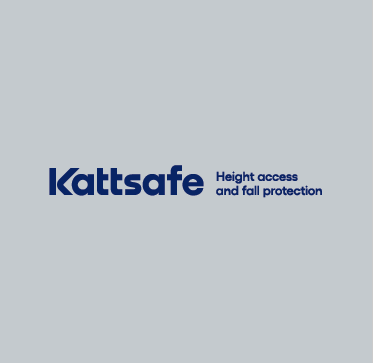


Need Additional Help?
Check Out Our Resource Hub!
.
Schedule Your Consultation with Our Experts
W.W. Cannon’s Turnkey Service Solutions result in a strong return on your investment. Get in touch with one of our specialists today for a complimentary consultation. We’ll answer any questions you have and help you plan your next steps.
